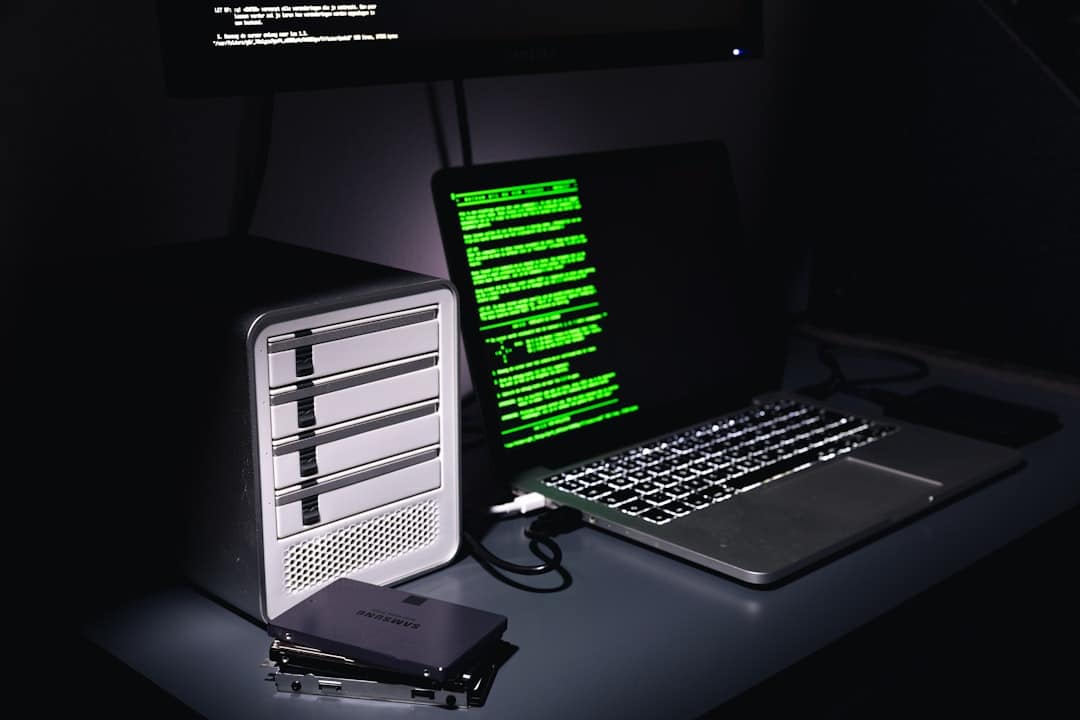In digital forensics and cybersecurity, maintaining the integrity of sensitive, encrypted evidence files is of paramount importance. When dealing with these delicate materials, professionals often rely on specialized tools to access, analyze, and handle encrypted data securely and efficiently. Among those tools is Zak Tools, a trusted utility suite developed specifically for use by law enforcement and security agencies. Ensuring encrypted evidence files are handled properly with Zak Tools not only preserves the chain of custody but also protects the admissibility of evidence in legal proceedings.
Zak Tools offers a variety of capabilities, including secure decryption, evidence handling, and tamper-proof logging mechanisms. However, using these tools effectively requires a clear understanding of their functions and proper protocols to maintain evidentiary standards.
Contents
Understanding Zak Tools
Zak Tools is not just a single application; rather, it refers to a suite of tools that can be configured to suit specific investigative needs. While its core function is efficient data processing, it also contains modules for securely accessing encrypted evidence folders and extracting data without compromising its authenticity.
Zak Tools incorporate cryptographic validation, multi-factor authentication, and secure audit trail creation to minimize risk during evidence handling.

Steps to Use Zak Tools With Encrypted Evidence Files
When working with encrypted evidence files, follow these standard practices to ensure compliance with operational guidelines and legal standards:
-
Install Zak Tools on a Secured System
Begin by installing Zak Tools on a vetted and isolated forensic workstation. This workstation should be air-gapped or connected to a secure network only accessible by authorized personnel. -
Verify File Integrity
Always verify the hash values (such as SHA-256) of the encrypted evidence files before opening them. This ensures that no tampering has occurred during transport or storage. -
Initialize Zak Cryptographic Module
Launch Zak Tools and load the encrypted evidence file through the cryptographic interface. The software will prompt you for the decryption key or certificate required. -
Authenticate Authorized Access
Zak Tools enforces multi-layered authentication — you may need a combination of passwords, hardware security tokens, and biometric verification to continue. -
Decrypt in Read-Only Environment
Always open decrypted files in a read-only sandbox environment using Zak’s Evidence Viewer module. This ensures no data is overwritten, and all actions can be rolled back or logged. -
Create a Tamper-Proof Log
Zak Tools automatically generates an audit trail. Be sure to review and archive this log at each step to maintain proper documentation.
Best Practices for Chain of Custody
Maintaining the chain of custody is crucial in any forensic examination. Zak Tools supports this through automated logging and digital signature verification. However, manual procedures are equally important:
- Always document each instance of access to the encrypted file, noting time, personnel, and purpose.
- Secure backup copies using cryptographic hash validation to confirm their integrity over time.
- Seal exported data in forensic containers such as E01 files, ensuring encryption remains intact during archiving.
Compliance Considerations
Zak Tools complies with a variety of global standards, including:
- NIST SP 800-53 cybersecurity framework
- ISO/IEC 27037:2012 for digital evidence handling
- GDPR and HIPAA data protection guidelines (when applicable)
Ensure you are trained and certified in applicable standards before using Zak Tools in sensitive investigations, especially when operating in cross-border jurisdictions.

Final Thoughts
Zak Tools offers a reliable and above-all secure method of working with encrypted evidence files. When installed in a controlled environment and operated by trained professionals, Zak Tools enhances the efficiency of forensic operations without compromising data integrity or legal standards. Whether you are working within law enforcement, a private cybersecurity firm, or a legal investigative entity, understanding and applying Zak Tools effectively is an essential skill in the digital age.
With digital evidence cases becoming more complex, investing time in proper tool application and protocol adherence is a necessity — not just for the success of an investigation, but for upholding the principles of justice and due process.

